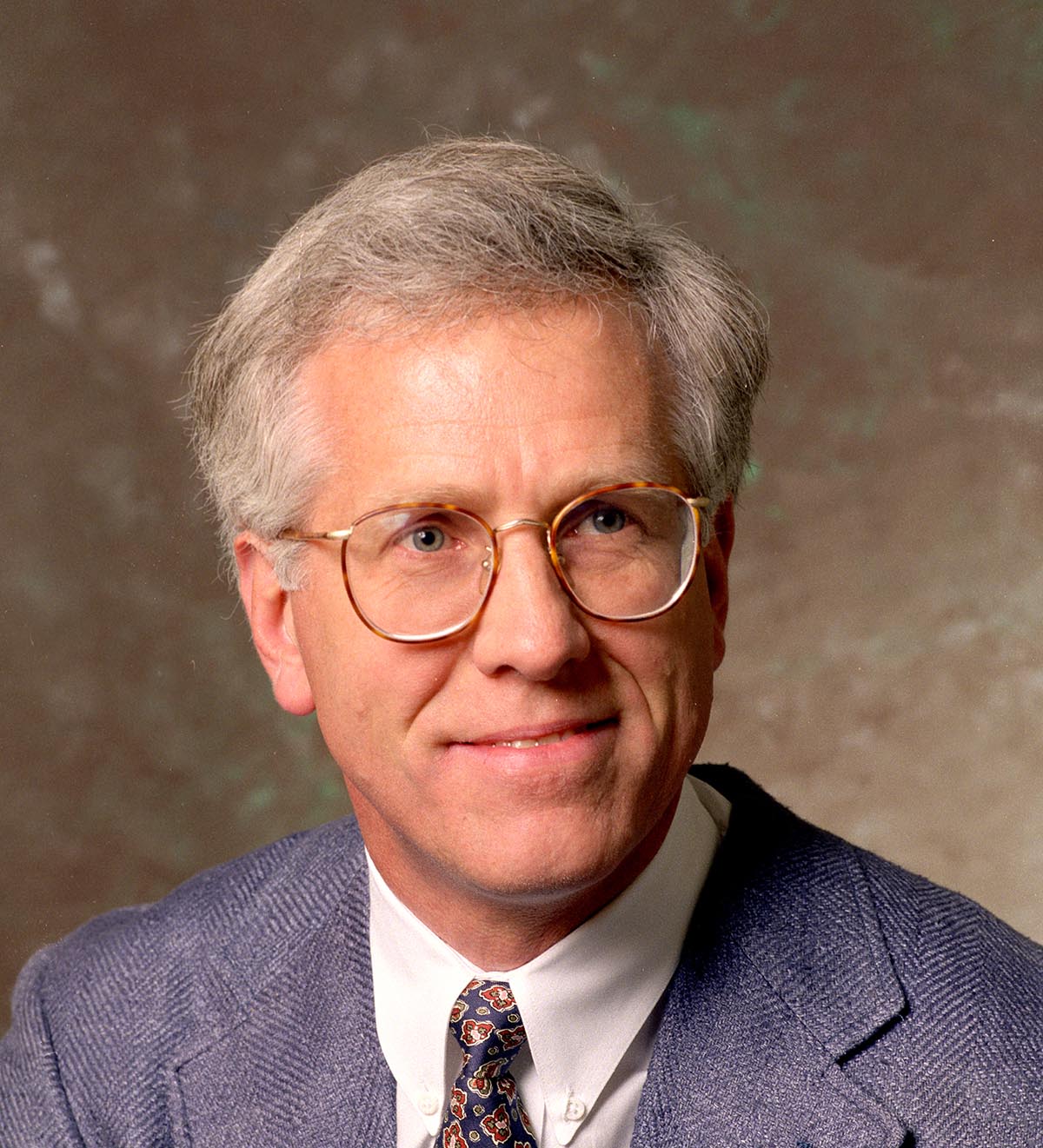Mark Strovink, Ph.D. 1970 (Princeton). Joined UC Berkeley faculty in 1973 (Professor since 1980). Elected Fellow of the American Physical Society; served as program advisor for Fermilab (chair), SLAC (chair), Brookhaven, and the U.S. Department of Energy; served as D0 Physics Coordinator (1997 and 1998).
Research Interests
After 40 years in elementary particle physics, in late 2004 I turned my attention to the unexplained force that accelerates the universe's expansion. As an experimentalist, I am interested in understanding how best to standardize Type Ia supernovae (SNe) as cosmological distance indicators. Currently, SN observations provide the most direct and reliable comparison of modern (low-redshift) to ancient (high-redshift) expansion rates.
In 2005, a study with collaborator Lifan Wang uncovered evidence of nonlinearity in the principal correction to SN luminosity, the "broader-brighter" relation. Our study also clarified the relationship between two principal estimators of SN luminosity -- magnitude at peak luminosity or at fixed color -- and measured their intrinsic mutual variance.
During 2005-2007 I developed a tool (AQUAA) for building light-curve templates that accurately represent unique, unusually well-observed SNe. Surprisingly, the fitted templates do not exhibit a simple relationship between their times of rise and fall, as was expected from earlier work. In their shapes there is even a suggestion of bimodality. Possibly more than one Type Ia SN progenitor or explosion mechanism is at work, with progeny not necessarily equally luminous or equally abundant at high vs. low redshift.
Current Projects
I am preparing the full set of AQUAA-fitted supernova templates for publication as an Ap. J. Supplement. Beyond that, I am interested in learning to parametrize both their systematic and random variations. Currently, luminosities of SNe that are observed with typical accuracy and cadence are estimated by fitting the photometry in one or more filter bands to semi-rigid templates that vary in shape according to only one or two parameters. For use in the newest cosmological studies, such fits will become satisfactory only when the templates become flexible (able to represent arbitrarily precise photometry) and humble (aware of their own uncertainties), while remaining able to interpolate between sparse data. I am also interested in solidifying the functional linkage between light-curve photometry and the underlying distribution of spectral energy.
Publications
Strovink, M. 2007, “Diversity of decline-rate-corrected Type Ia supernova rise times: one mode or two?” Ap. J. submitted, astro-ph/07050726.
Wang, L., Strovink, M., Conley, A., Goldhaber, G., Kowalski, M., Perlmutter, S., & Siegrist, J. 2006, “Nonlinear decline-rate dependence and intrinsic variation of Type Ia supernova luminosities,” Ap. J. 641, 50, astro-ph/0512370.
V.M. Abazov et al. (D-Zero Collaboration), “A quasi-model-independent search for new high pT physics at D-Zero,” Phys. Rev. Lett. 86, 3712 (2001); Phys. Rev. D 62, 092004 (2000); Phys. Rev. D 64, 012004 (2001).
B. Abbott et al. (D-Zero Collaboration), “Direct measurement of the top quark mass,” Phys. Rev. Lett. 79, 1197 (1997); Phys. Rev. D 58, 052001 (1998).
S. Abachi et al. (D-Zero Collaboration), “Observation of the top quark,” Phys. Rev. Lett. 74, 2422 (1995).
A. Jodidio et al., “Search for right-handed currents in muon decay,” Phys. Rev. D 34, 1967 (1986); Phys. Rev. D 37, 237 (E) (1988).
A.R. Clark et al., “Measurement of the charm structure function and its role in scale noninvariance,” Phys. Rev. Lett. 45, 1465 (1980).
C. Chang et al., “Observed deviations from scale invariance in high-energy muon scattering,” Phys. Rev. Lett. 35, 901 (1975).
R.K. Carnegie, R. Cester, V.L. Fitch, M. Strovink, and L.R. Sulak, “Self-contained determination of the phase of h+- ,” Phys. Rev. D 6, 2335 (1972).

